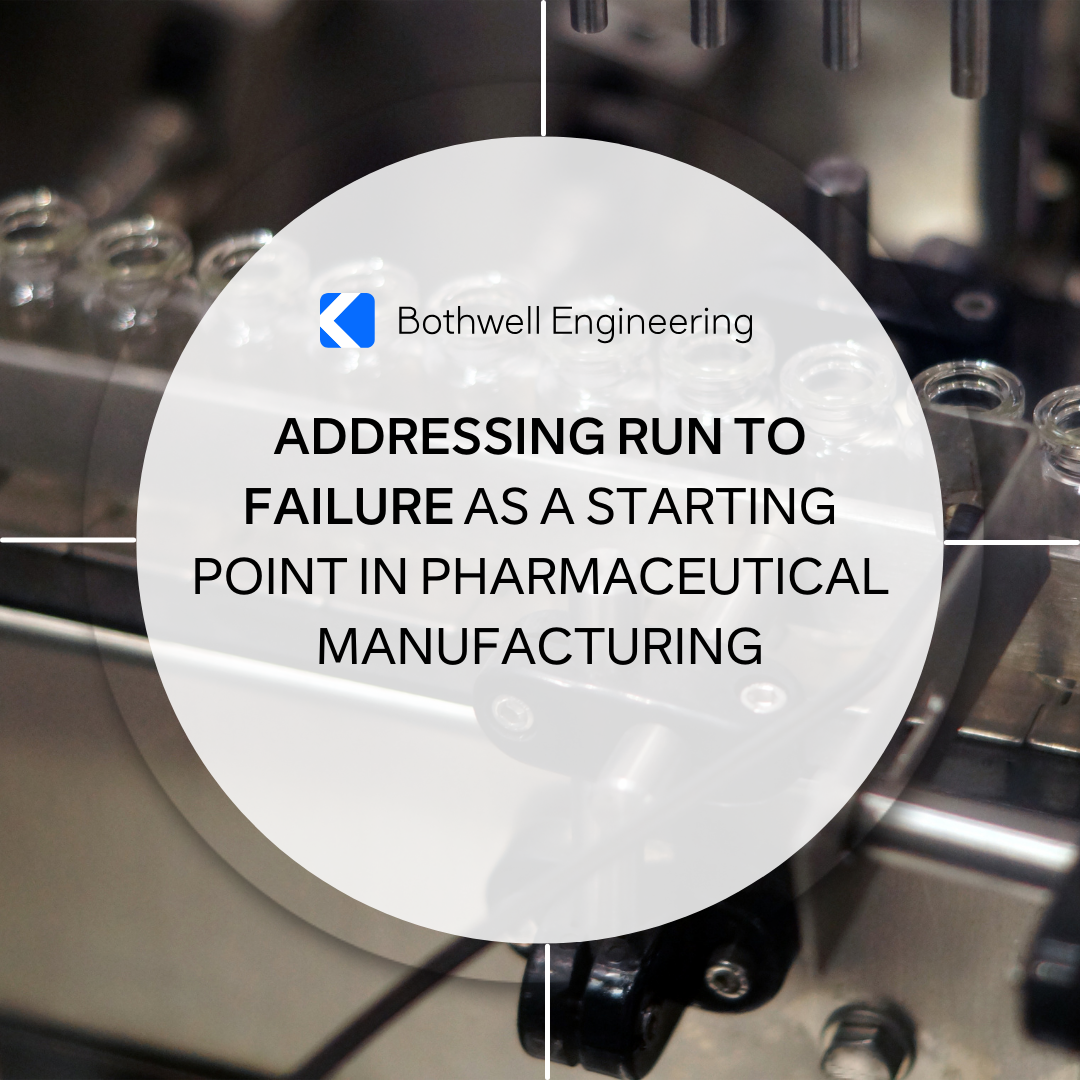
Imagine the thrill of unexpectedly finding yourself behind the wheel of your first electric vehicle. No more gas station stops—just plug in at home and go. Less time in traffic? Even better. But let’s be smart and read the manual. Draining a car battery isn’t like draining your phone.
I once saw someone ecstatic with their new lifted pickup—huge wheels, running boards, Texas-proud license plate. It looked great. But watching their group struggle to load cement bags into the sky-high bed revealed the trade-offs. Added load, reduced handling—it likely made for a tense drive. And the burnout on departure didn’t inspire confidence.
Every design choice has pros and cons. Does walking the charging cable daily save time over a weekly fill-up? Maybe that’s your quality metric. Did the lifted truck still function—with step stools? Sure. Did it look cool? Absolutely... But did the driver check their tire tread after the trip?
These scenarios highlight how design, maintenance, and operation all interact—just like with our personal vehicles.
Rethinking Maintenance: Beyond Run-to-Failure
There are a variety of maintenance strategies to ensure that businesses can start up, operate, retrofit, and shut down. But “run to failure” no longer exists in the active parts of the business world. A light bulb in the middle of nowhere, in an empty building, is one of the few cases where the waste and lack of significant recycling efforts could justify using a run-to-failure approach.
Though, this would still mean someone left the light on until it burnt out. For us, this could be seen as an opportunity for a gemba, process improvement, 5S, or Kaizen.
We are thinking farther and farther forward while evaluating the data of our past. Balancing our capabilities against our constraints allows us to choose the most effective strategy for the process we are operating.
Choice: Operational Strategy in Action
Quality production or efficient operation of anything utilizes a combination of:
These activities evaluate the condition of equipment, systems, and processes, and change the state of operation according to risk.
These are examples of steps performed in an actual interrupted chemical transfer process and an actual turbine generator startup maintenance. The use of the E-stop button was with different intentions, but none the less different processes same principles.
Each one of these processes may have started as simply as bleeding the filter. But the line walkdown might have been added after the chemical transfer took an extra hour to complete because a valve was improperly aligned to recirculate.
Who really has an hour to waste—repeatedly?
Finalizing the improvement means taking the output of these interactions and adjusting your maintenance strategy to suit current business needs—with special regard to life safety, critical infrastructure, or the future of humanity... cGMP.
Making Run-To-Failure Not Wasteful
Run-to-failure testing produces knowledge useful in a number of real-world applications by finding the limits of durability, repeatability, reliability, many other -abilities and properties of the product/process. Run-to-fail operation without choice produces excess waste and risks quality.
By understanding the abilities and properties of the product/process/system/component, the other types of maintenance offer ready methods to improve productivity – even with disposable components -- by improving control of activities. Choose suitable materials, maintain reasonable operating limits, prevent tolerance overlap, monitor the process and have failure response plans in place.
Supporting Features of Maintenance
Assets will depreciate over time until they are considered disposable no matter the maintenance performed. The replacement of the original asset should be targeted when the productive use of the asset is outweighed by its risks and or costs. This applies to the smallest filter if it’s replaced often enough, or if it affects a critical system enough, etc. The listen for squeaks and look for leaks check on a peristaltic pump that is redesigned and re-released every 10 years is performed by a technician with different qualifications, at a different frequency, with different documentation requirements and with different technology than the shaft seal on a submarine. Which single points of failure exist for your process?
Assets must be monitored appropriate to their risk of operation and stopped before the rate of production, the quality or safety is impacted as this is how life science/pharma business is done successfully.
To evaluate the historical data we need to understand the modes of failure and the criticality of the system. Your design.
This blog was written by Will del Solar, whose expertise as a Facilities Engineer brings clarity and confidence to complex operational challenges.
Bothwell Engineering is proud to support this scope of work across life sciences manufacturing, bringing hands-on consulting to meet evolving operational needs.